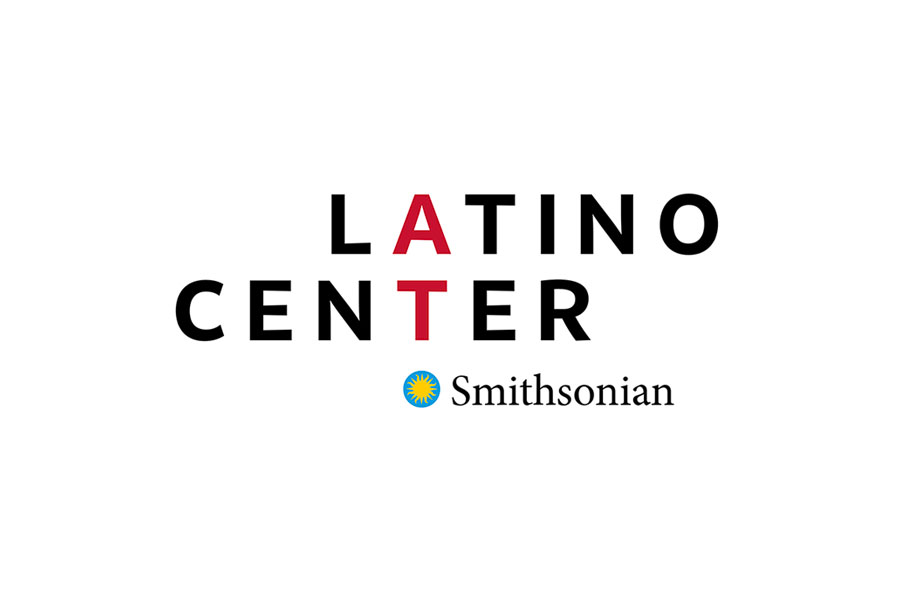Smithsonian Latino Center Inaugurates the Smithsonian Latino Virtual Museum in Second Life
The Smithsonian Latino Center, in partnership with the Virtual Immersive Technologies and Arts for Learning Lab at Ohio University and Linden Labs, is launching its online Smithsonian Latino Virtual Museum in Second Life, an avatar-based 3-D virtual world featuring immersive learning activities.
The ceremonial ribbon-cutting in the Latino Virtual Museum’s amphitheater will take place in Second Life, Thursday, March 19, at 1:30 p.m. The program includes a welcome video using the latest in virtual-world filmmaking technologies known as “Machinima” that guides users through key areas of the museum. Tour sites include the “placita”; the Sin Fronteras Café; the Afro-Cuban instrument room; the “Son Clave” music lounge, featuring award-winning digital collections from Smithsonian Folkways Recordings; the amphitheater and the Smithsonian Expedition Wing, where users can learn about key archeological expeditions in Mexico through the work of Matthew Sterling; and the Olmec Legacy Collection at the National Museum of Natural History.
The public is encouraged to participate by setting up an avatar in Second Life. Detailed instructions can be found at http://latino.si.edu/education/LVM_Main.htm.
“More than just increasing access for the many people who may not ever make a trip to Washington, D.C., the Latino Virtual Museum offers the Smithsonian Latino Center an effective outreach tool to impact what is being taught in classrooms by offering quality Latino content,” said Eduardo Díaz, director of the Smithsonian Latino Center. “These are stories that risk never being told and are now being offered via an engaged, global online community.”
In 2008, the Smithsonian Latino Center purchased five islands in Second Life to build the virtual museum. Together with the VITAL Lab and an advisory team that includes Smithsonian curators, scholars, researchers, museum educators, media artists and other specialists, the team developed the conceptual, technical and design framework for the museum.
“The VITAL Lab is excited to be partnered with the Smithsonian Institution as it furthers our belief in the value of immersive experiences for learning,” said Arnold Jonas, Virtual Worlds and Social Interactive designer at the VITAL Lab. “The opportunity to work on such a high profile project with experts in the field demonstrates the potential of synthetic worlds to be a part of the future of interpretive museum design.”
The Walt Disney Company is supporting the multi-phased project that, upon completion, will feature 16 wings dedicated to the Latino presence at the Smithsonian Institution in arts, science and humanities.
While in the Latino Virtual Museum, users will have access to the vast and rich collections, research and scholarship, exhibitions and educational activities of the Smithsonian Institution as they relate to U.S. Latinos and Latin Americans, such as Celia Cruz’s costumes at the National Museum of American History, Frida Kahlo’s letters at the Smithsonian’s Archives of American Art and oral histories from the upcoming exhibition “Bittersweet Harvest: The Bracero Program, 1942-1964,” opening in September at the National Museum of American History. In addition, users—particularly educators and students—can engage and participate in educational activities, such as virtual science fairs with noted Latino astronauts and physicists or collaborate with featured artists on art-based activities using gaming technologies.
The VITAL Lab, a multidisciplinary research and development facility at Ohio University in Athens, Ohio, is a diverse collaboration of computer scientists, engineers, artists and educators working together under a unified version of the future—one that encourages students and teachers of all ages to use advance immersive technologies in educational settings. For more information, visit http://vital.cs.ohiou.edu.
The Smithsonian Latino Center ensures Latino contributions to arts, sciences and the humanities are highlighted, understood and advanced through the development and support of public programs, scholarly research, museum collections and educational opportunities at the Smithsonian Institution and its affiliated organizations across the United States. For more information, visit www.latino.si.edu.
# # #
SI-119-2009

